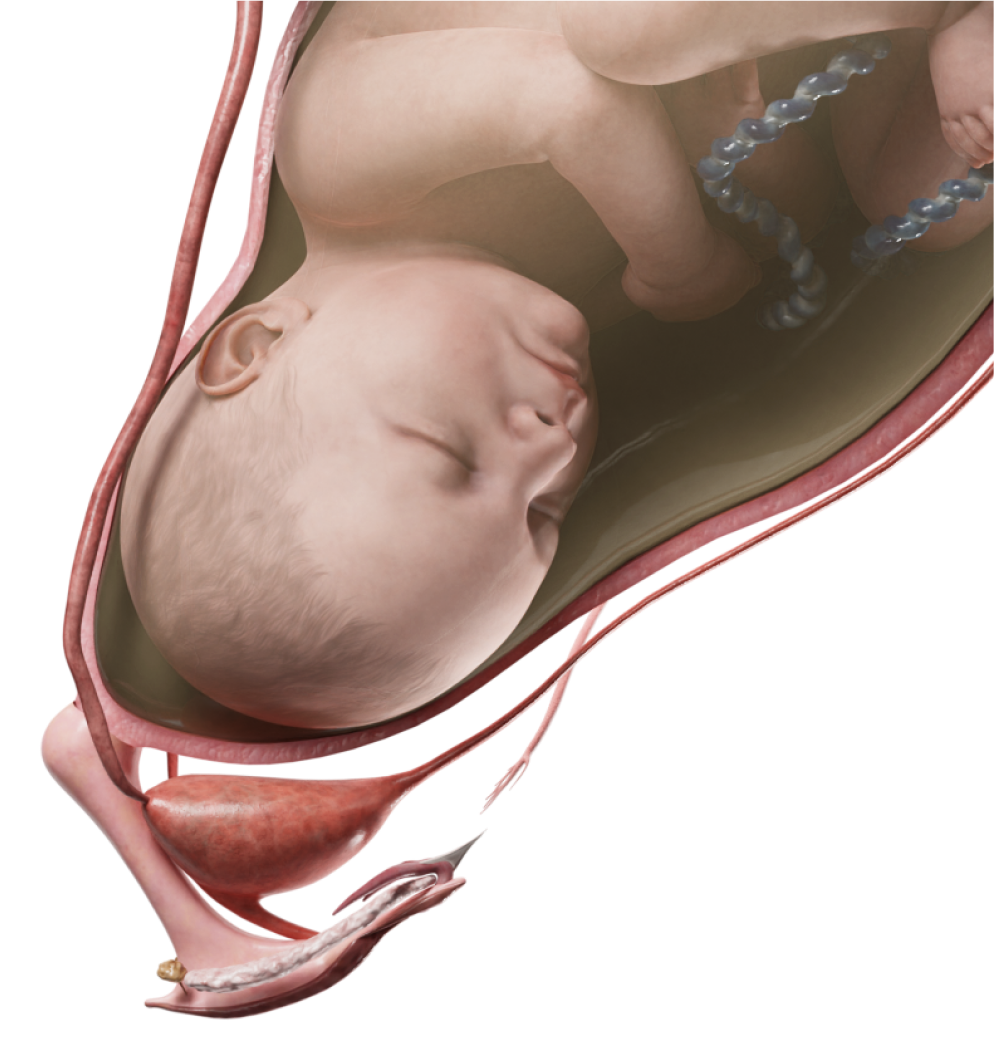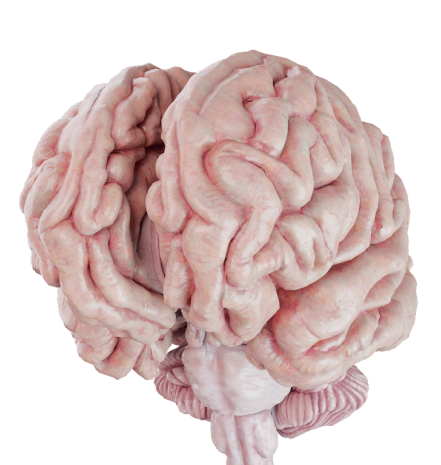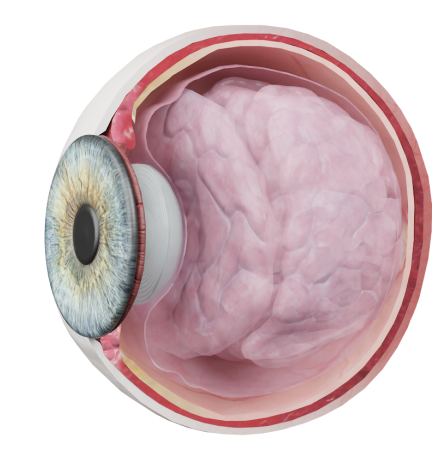Mitral valve defects
Mitral Stenosis
Mitral stenosis (MS) is an acquired heart disease characterized by a narrowing of the mitral valve (MV) orifice. Rheumatic heart disease and degenerative conditions in the elderly are listed as the primary causes of MS.
Anatomic Pathology
In MS, structural changes can spread to the papillary muscles, the chordae tendineae, and, eventually, the valvular leaflets. The chordae tendineae become thickened, fused, and may connect to the single papillary muscle or intersect in the left ventricular (LV) cavity. Such morphology obstructs the blood flow from the atrium. The MV may be fused along the commissures; its leaflets become thick and immobile, either in full or in part. In some cases, fibrous thickening of the MV (at the atrium) may be observed, which further impedes the leaflet movement.
Pathophysiology
Obstruction to the blood outflow from the left atrium (LA) results in LA pressure and volume overload . An increase in the pulmonary vein pressure and the resulting pulmonary hypertension inevitably lead to RV heart failure. Due to the atrial dilation, there is a high risk of atrial fibrillation (AF) and thromboembolic events.
Clinical Manifestations
Typically, the disease is marked by heart failure symptoms such as dyspnea, exercise intolerance, or fatigue.
Various cardiac arrhythmias are also prevalent, especially AF, which can trigger pulmonary edema or thromboembolic events. Some patients may present with hemoptysis, flushing, embolism, stroke, etc.
On auscultation, a diastolic murmur is present. The first heart sound (S1) at the heart apex is usually accentuated and slightly delayed. The pulmonic component of the second heart sound (P2) also is often accentuated.
Diagnosis
- ECG: right axis deviation.
- Echocardiography: a basic method of defect visualization; MV size and area; systolic pressure gradient; RV size and function; pulmonary artery pressure.
- Chest X-ray: signs of pulmonary hypervolemia.
Treatment
Any therapy should aim to prevent congestive heart failure. Percutaneous mitral balloon valvuloplasty may be indicated in some patients. This technique entails a number of contraindications and complications, with regurgitation being the most crucial one.
Mitral valvuloplasty and mitral valve replacement (MVR) are currently the best surgical treatment options. The former involves the excision of fibrous tissue and removal of excess tissue to restore leaflet mobility. In this way, the thickened and fused chordae tendineae and morphologically altered papillary muscles can also be divided. The latter implies that the native valve is excised, either partially or completely, and then replaced with a mechanical one.
Mitral Regurgitation
Mitral regurgitation (MR) is an acquired heart disease that occurs when the valvular leaflets do not close properly, causing backward blood flow into the left atrium (LA).
Anatomic Pathology
MR tends to occur when the valvular leaflet tissue has developed abnormally. This dilates the mitral annulus thus exacerbating regurgitation even further. MR may develop on the basis of a number of conditions, including cleft valvular leaflets, thickening, shortening, straddling or rupture of the chordae tendineae, papillary muscle abnormalities or dysfunction, acute rheumatic fever, and valve damage induced by infective endocarditis, etc.
Carpentier’s functional classification of MR:
Type I: normal leaflet motion (annular dilation; leaflet cleft or perforation).
Type II: excess leaflet motion, i. e. leaflet prolapse (chordal elongation/rupture; papillary muscle elongation/rupture)
Type III: restricted leaflet motion.
IIIa: restricted opening motion (acute rheumatic fever; degenerative fusion).
IIIb: restricted closing motion (LV dilation; chordal shortening).
Pathophysiology
MR contributes to an increase in pressure in the LA and subsequently in the pulmonary artery. It further leads to RV pressure overload. Moreover, MR is also a reason for LV volume overload, which over time gives rise to eccentric LV hypertrophy.
Clinical Manifestations
The disease is characterized by symptoms prominent in heart failure such as dyspnea, exercise intolerance, or fatigue.
Diagnosis
- ECG: right axis deviation.
- Echocardiography: defect imaging; valve and ventricular function assessment.
- Chest X-ray: signs of pulmonary hypervolemia and LV silhouette enlargement.
Treatment
In mild MR, a routine therapy for congestive heart failure is commonly preferred, with afterload reduction being a priority. Mitral valvuloplasty using a cardiopulmonary bypass makes it possible to suture cleft leaflets and perform commissuroplasty, annuloplasty, and reconstruction of the papillary muscles and chordae tendineae (if necessary). If the chordae tendineae have ruptured, artificial chordae may be used. However, if a repair is not an option, MVR can be considered. To this end, MitraClip has been developed. This is a minimally invasive transcatheter repair procedure that makes it possible to treat select types of MR in patients who cannot undergo open surgery.










